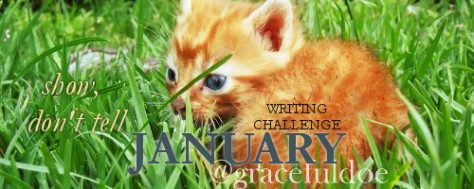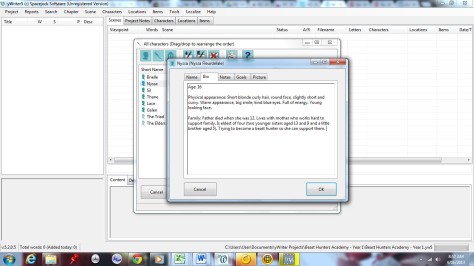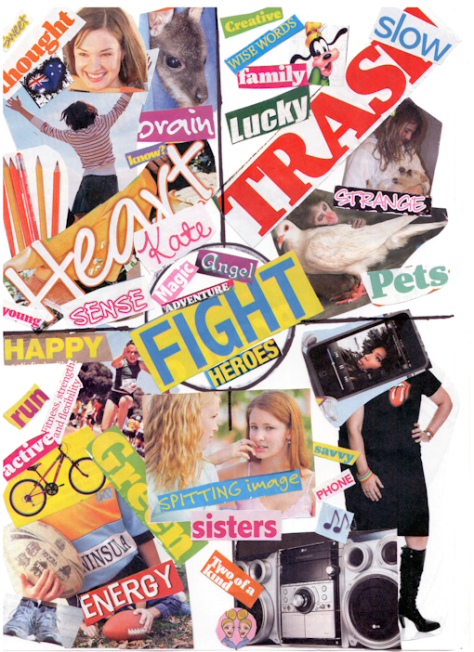
Today I’d like to welcome Steve Rossiter to my blog. Steve runs The Australian Literature Review (www.auslit.net) and Writing Teen Novels (www.writingteennovels.com) and is the editor of various anthologies, including Australian Literature: A Snapshot in 10 Short Stories (featuring one of my first ever published stories) and the recently released The Life and Times of Chester Lewis. Steve offers great opportunities to emerging writers through his programs and he has played a big role in my own writing journey. It is a pleasure to have been able to interview him and pick his brain.
You wrote the final story in The Life and Times of Chester Lewis, can you tell us a little bit about it (without giving away any spoilers)?
The final story takes place around Chester Lewis’s 100th birthday and is told from the POV of his granddaughter. It marks the end of Chester’s life story but raises new implications for the Lewis family.
I wanted to create a final story which would spark readers’ imaginations rather than, say, wind down and have Chester reflect on the past 100 years of his life.
You were also the editor for The Life and Times of Chester Lewis, how did you balance your two different roles? Was it difficult switching between writer and editor?
Since I wrote the final story, my main role for the most of the process was as editor.
It wasn’t difficult to switch between the two roles at the end. I wrote my story with pen and notepad then did my first full edit of the story as I typed it onto the computer.
As well as the various short story anthologies you have published, you also run The Australian Literature Review, which often has short story competitions. You must be somewhat an expert on what makes a short story stand out after all the stories you’ve seen! What are your biggest tips for writers of short stories?
In a previous interview, I was asked what makes a compelling character and I responded that it is a combination of purpose and personality. This would be a good place to start for developing a short story idea. I mean developing a character in the full context of that fictional person and the story-world in which they are situated – not just to pick a goal and label a few personality traits in an abstract way. A character’s sense of purpose and their personality will, of necessity, draw from the story-world in which they are situated.
A simple but important tip is: create a story concept before you start writing. Many fiction writers just write with no story concept in mind and hope a story will emerge, or they write about the setting and/or character relationships with no clear sense of purpose or story momentum. This is fine if you’re writing something as a brainstorming exercise to help trigger an idea to adapt into a story concept, but many writers write without clear purpose and use the result as the end story.
The basic components of a story concept could be summarised as:
1) A character (in the full context of being a fictional person situated in their story-world) actively pursues a goal.
2) That character and other characters care about the outcome, but for conflicting reasons.
Readers will care about the outcome if they relate to why the characters care and what they do to pursue their desired outcome.
There is a fan fiction writing competition running on chesterlewis.net, do you have any advice for those hoping to enter?
Making an early decision to enter the competition is a good idea, so they have plenty of time to write a good story, then get some reader feedback and refine it before submitting. It runs until August 31st 2013, but writers can sign up early and they have until August 31st to send their story in. There is a $10 entry fee before March 31st(or $15 for those who sign up between April 1st and August 31st).
Participating in the private Chester Lewis Fan Fiction Group on Facebook is a good idea. Once signed up, the private Facebook group is available for entrants to discuss story ideas and their writing, to meet other writers, to receive fiction writing tips, and where authors from the book and some of their publishing industry friends will drop by from time to time.
Can you tell us about some of your current favourite authors/books and what makes them stand out for you?
I don’t so much have a few authors who are my absolute favourites as I have a range of reading interests and like various authors for different reasons.
Off the top of my head, some Australian authors whose novels I like include Fiona McIntosh, Rebecca James, LM Fuge, Tony Park and Jaye Ford, and some international authors whose novels I like include Stephen King, Gregg Hurwitz, Jodi Picoult, Thomas Harris, Cynthia Voigt, April Henry and Bernard Beckett.
If I was to lump the authors together and describe some things their novels tend to have in common, I would say they have characters with purpose and personality, they have a story with clear stakes, they have an easy-to-read style, and they explore interesting subject matter with intelligence and originality.
What are you working on right now?
I am currently writing a novel set in 1939 Poland with a teenage main character, intended for publication in 2014. My aim is for the novel to be entertaining for teen readers and a serious historical novel for adult readers.
I have Writing Teen Novels (www.writingteennovels.com) undergoing a big expansion from January 1st to feature daily posts throughout the year from a great mix of established novelists from around the world. There will be more than 20 novelists with a post per month throughout 2013 and guest novelists each month.
I will be launching Writing Historical Novels from January 1st along similar lines as the expanded Writing Teen Novels site.
The line-up of authors for these two sites will be announced in December. There will be numerous New York Times bestselling novelists as monthly contributors on each site (including one with more than 75 million copies in print), as well as novelists who are also professors, historians, feature film directors, screenwriters and producers for film and TV, scientists, non-fiction authors, documentary makers, teachers, journalists (including a Pulitzer Prize winner), and more.
I also have Writing Novels in Australia (www.writingnovelsinaustralia.com) – initially a place for members of a writing program I ran in the first half of this year to put down some thoughts about their writing and to reach readers – relaunching from January 1st with a mix of Australian aspiring novelists, early-career novelists and established novelists, including authors such as Helene Young (published by Hachette and Penguin) and Greg Barron (published by HarperCollins).
Any parting words of wisdom?
Write the kind of fiction you find personally rewarding. If your aims for your fiction include commercial publication or to be read by other people (and most writers want their writing to be read by other people in some capacity), find some overlap in what you find personally rewarding to write and what others find personally rewarding to read.
Thank you, Steve, and good luck with rest of your blog tour!
If anyone would like to see Steve’s blog tour schedule or read some of his previous interviews or guest posts on his tour, please follow this link.
Book website: www.ChesterLewis.net
Facebook page: www.facebook.com/TheLifeandTimesofChesterLewis












